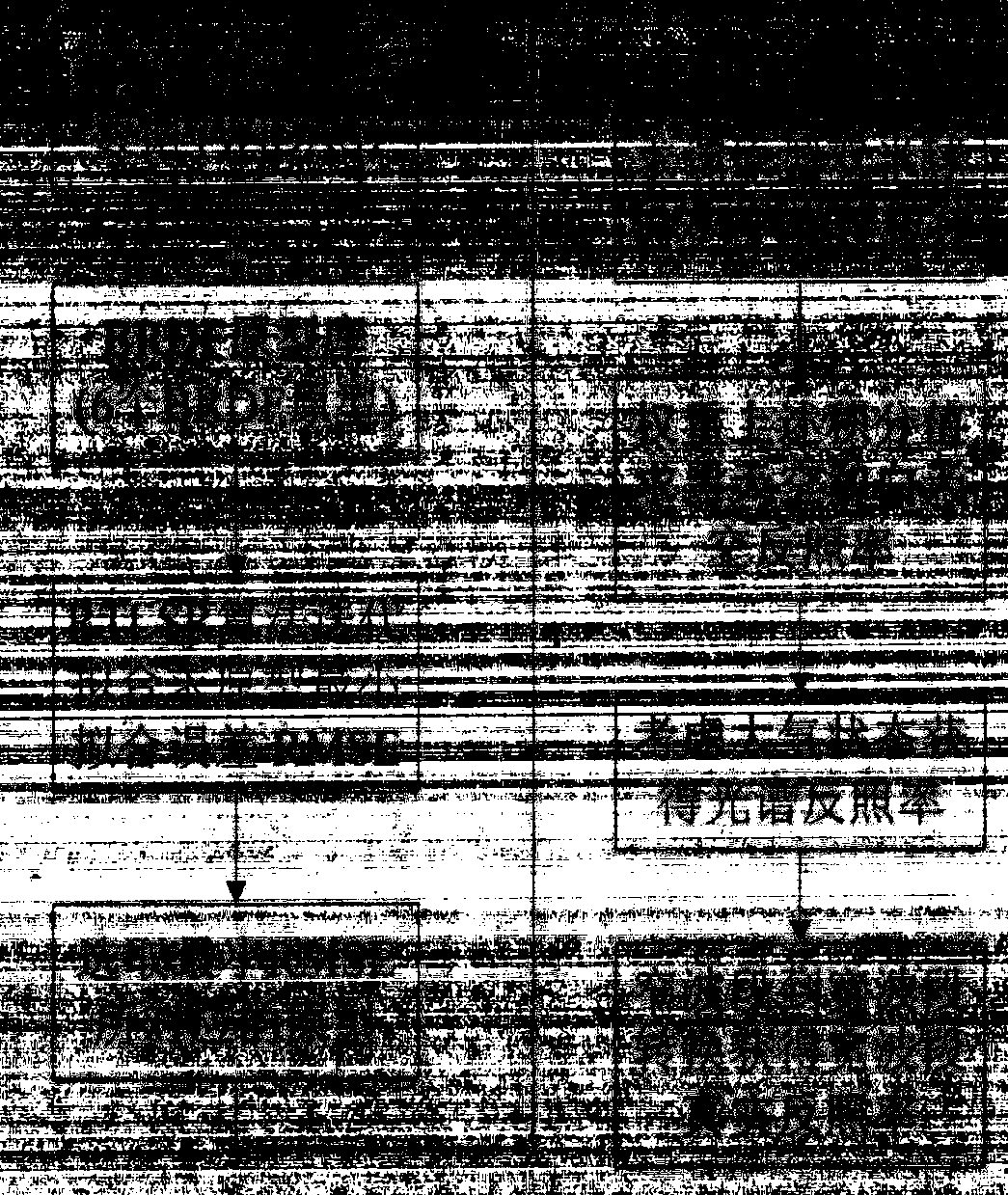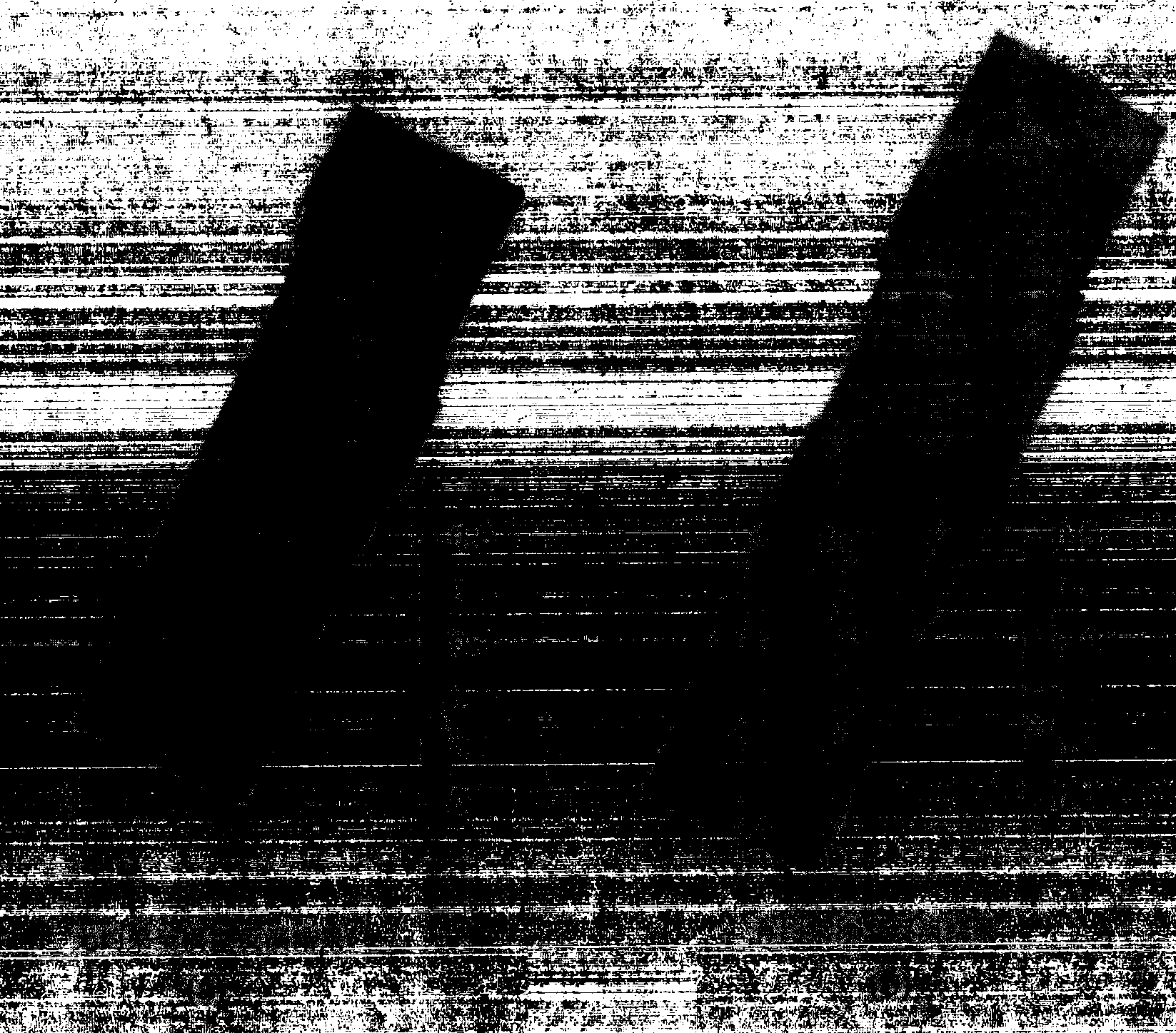Earth surface albedo inversion method based on BRDF prototype
A surface albedo and reflection distribution technology, applied in the field of spatial information, can solve problems such as insufficient spatial information, inversion failure, and large data volume
- Summary
- Abstract
- Description
- Claims
- Application Information
AI Technical Summary
Problems solved by technology
Method used
Image
Examples
Embodiment 1
[0070] In one configuration with Intel(R)Core TM 2.5GHz4 processor, 4G memory, and ATI Radeon HD5670 graphics card computer have been implemented. Taking the airborne WiDAS multi-angle observation data as an example, this method is used to perform albedo inversion of sparsely sampled multi-angle data ( figure 1 ).
[0071] Comparison of unconstrained full model inversion results and constrained prototype inversion results ( figure 2 (a) and figure 2 (b)), it can be seen that the unconstrained full model inversion results ( figure 2 (a) There is obviously a large range of albedo values less than 0, which is due to the small sampling range of the WiDAS sensor and the lack of constraints at large observation angles, so that the reflectance of the large-angle epitaxy is significantly less than 0 ( image 3 (a) caused by the dotted line), the constraints of the BRDF prototype overcome this very well ( image 3 The solid line in (a)), for the unconstrained full model invers...
PUM
 Login to View More
Login to View More Abstract
Description
Claims
Application Information
 Login to View More
Login to View More - R&D
- Intellectual Property
- Life Sciences
- Materials
- Tech Scout
- Unparalleled Data Quality
- Higher Quality Content
- 60% Fewer Hallucinations
Browse by: Latest US Patents, China's latest patents, Technical Efficacy Thesaurus, Application Domain, Technology Topic, Popular Technical Reports.
© 2025 PatSnap. All rights reserved.Legal|Privacy policy|Modern Slavery Act Transparency Statement|Sitemap|About US| Contact US: help@patsnap.com



